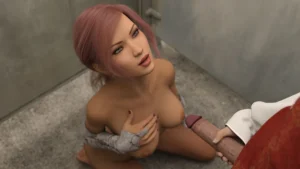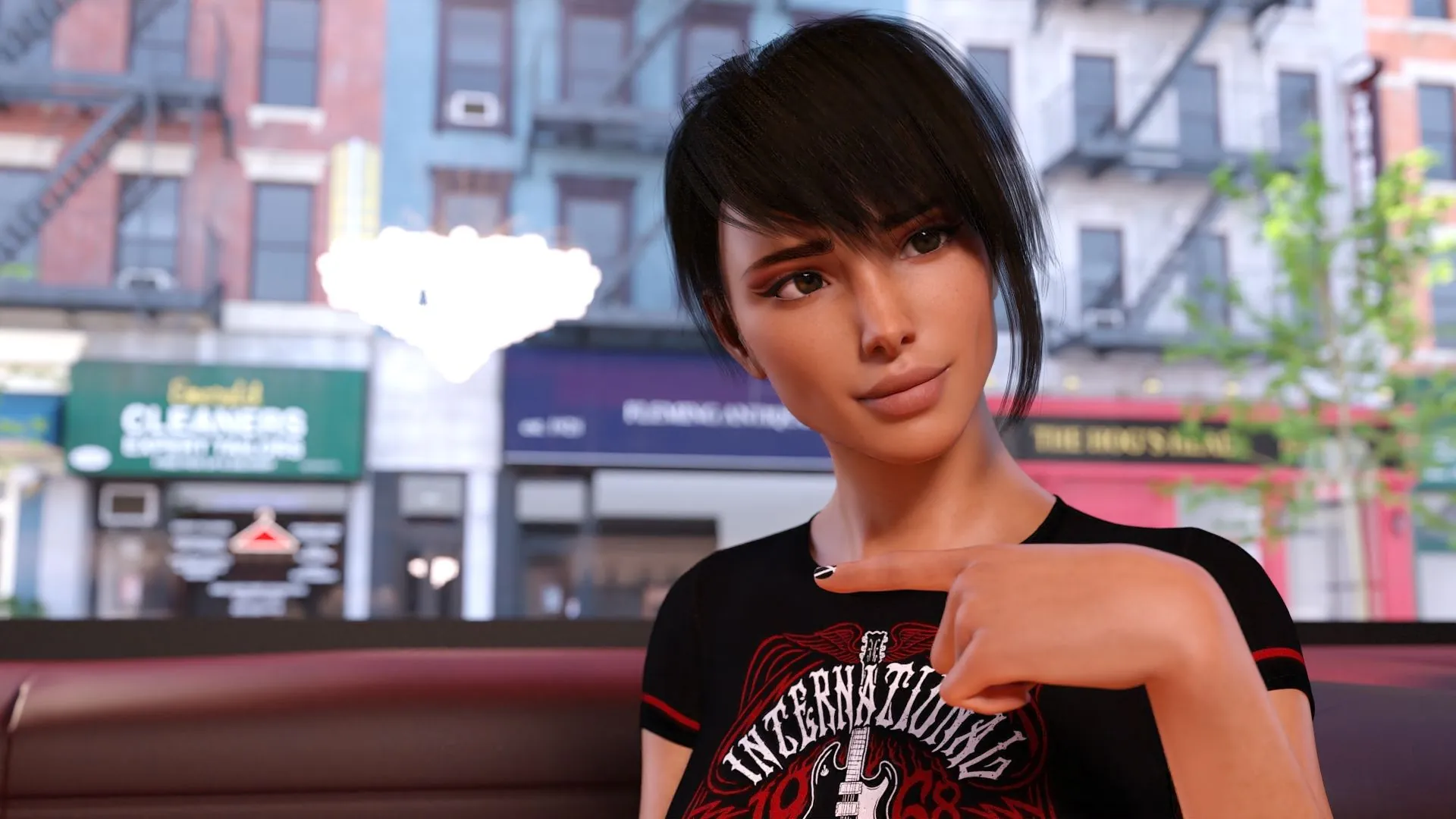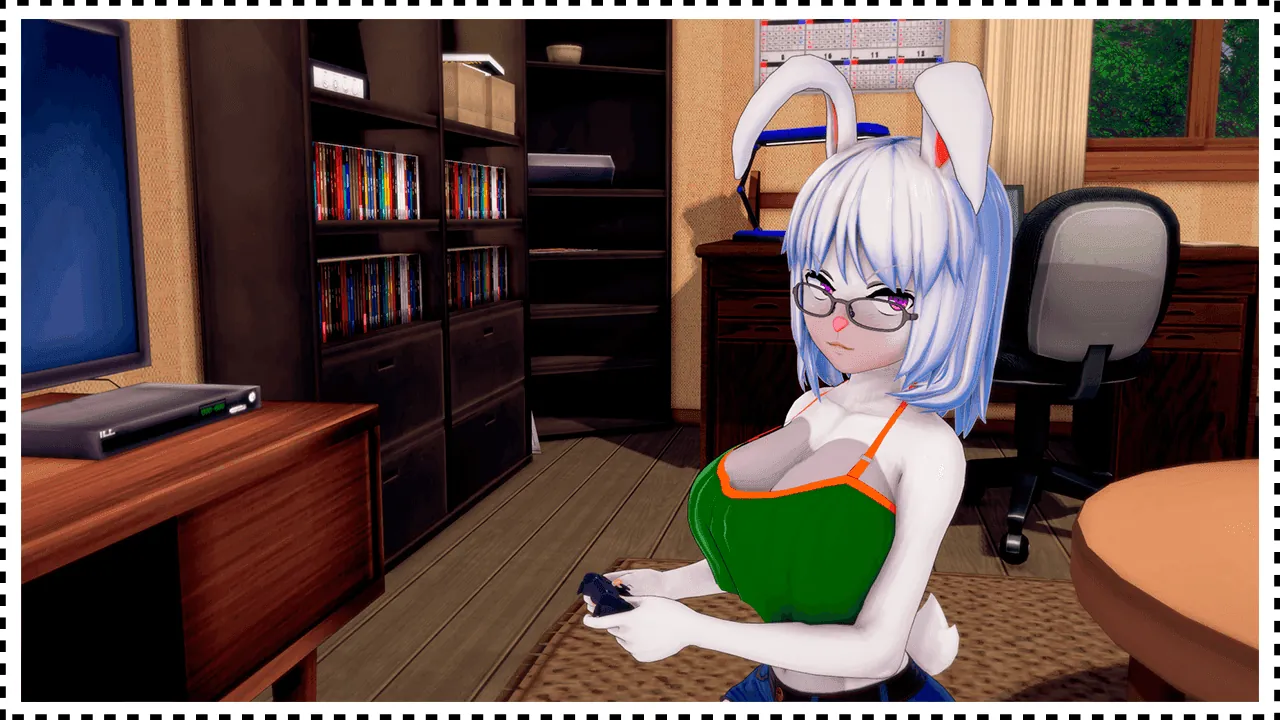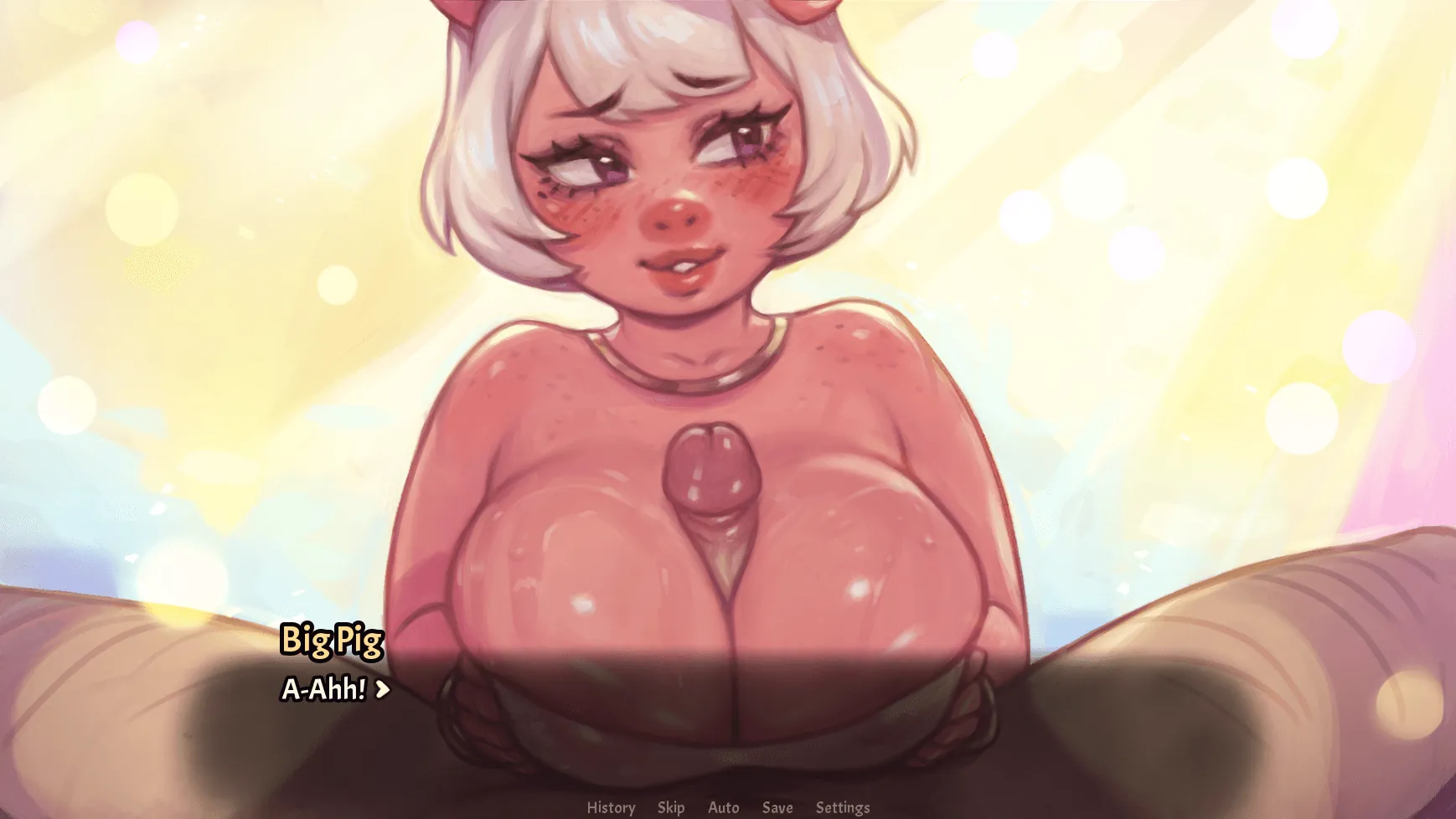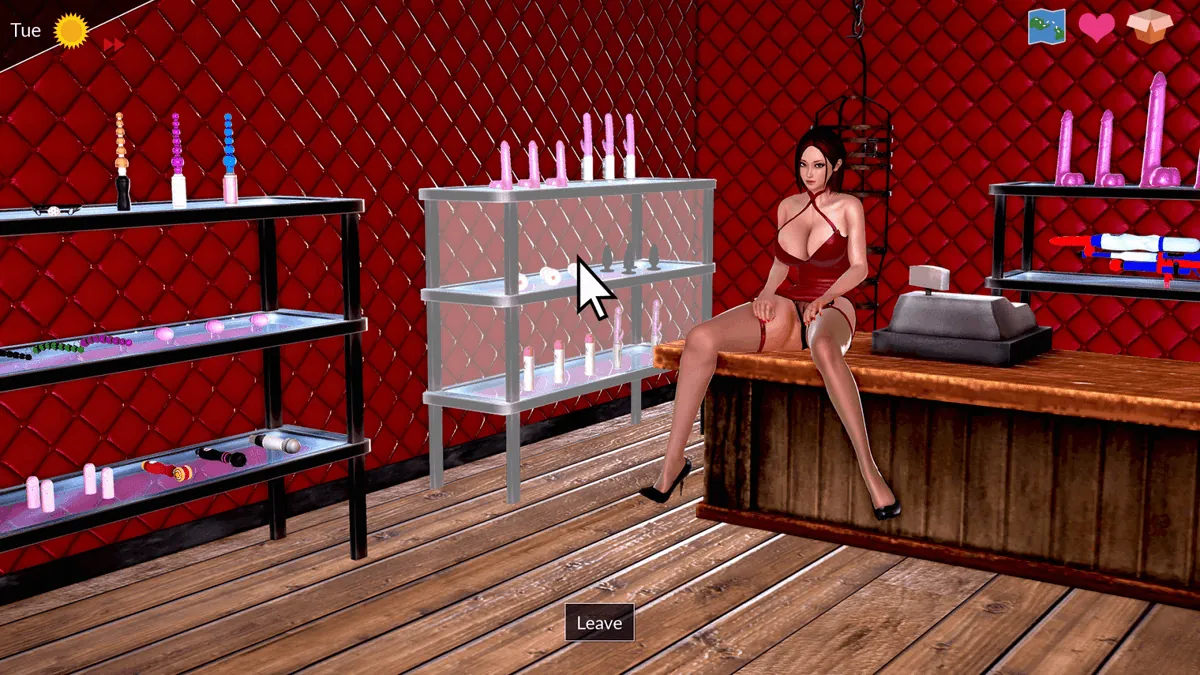
Play Returning to Mia
Returning to Mia review
Exploring the Storyline, Gameplay, and Impact of This Mature Narrative Game
Since its 2023 release, Returning to Mia has redefined player expectations for adult-oriented visual novels. This sequel to Summer with Mia combines branching storylines with impactful decision-making, offering a nuanced exploration of relationships and personal growth. We’ll analyze its mature themes, gameplay innovations, and why it’s become a benchmark for narrative-driven experiences in its genre.
Storyline and Character Dynamics
The Evolution of Mia’s Narrative Arc
Let’s cut to the chase: Returning to Mia doesn’t just tell a story—it makes you live it. 🎭 Two years have passed since the events of the first game, and Mia isn’t the same girl you remember. Gone is the wide-eyed innocence; in its place is a layered, emotionally raw character wrestling with guilt, trauma, and the messy business of rebuilding her life. The Returning to Mia storyline thrives on this tension, forcing players to navigate her fractured relationships and unpredictable moods.
Take it from me—I once spent three hours replaying a single chapter because I accidentally triggered Mia’s defensive spiral by mentioning her past too soon. 😬 Her reactions aren’t just “angry” or “happy.” They’re nuanced, like how she might laugh bitterly at a joke about family while her hands shake. This Mia character development feels uncomfortably real, especially when the game delves into her struggles with depression and self-harm (a theme noted in fan reviews). It’s not just about romance; it’s about survival.
What makes Mia’s arc so gripping? Adult visual novel choices that refuse to sugarcoat consequences. For example, pushing her to confront her estranged mother might lead to a breakthrough… or a breakdown. There’s no “right” answer—just messy, human outcomes.
Supporting Characters and Relationship Systems
If Mia is the storm, characters like Helen and Harold are the anchors—or sometimes the lightning rods. ⚡ Helen, Mia’s sharp-tongued coworker, isn’t just there for comic relief. She’s a mirror reflecting Mia’s own avoidance tactics. Meanwhile, Harold, Mia’s estranged stepfather, adds layers of moral complexity. Do you encourage Mia to forgive him for past neglect, or stoke her resentment?
The relationship mechanics guide here is less about “winning” affection and more about understanding boundaries. During my first playthrough, I tried to play matchmaker between Mia and an old flame, only to watch her shut down completely. Why? Because I’d ignored subtle cues that she wasn’t ready. 🚩 The game rewards emotional intelligence, not just strategic flirting.
Here’s a pro tip: Pay attention to secondary characters’ backstories. Helen’s sarcasm hides her own guilt over a failed marriage, and bonding with her unlocks scenes where Mia practices setting healthy boundaries. These interactions aren’t filler—they’re narrative keystones that shape Mia’s growth.
Moral Ambiguity in Player Choices
Let’s get uncomfortable: Returning to Mia loves to dangle “good intentions” over a cliff. 🌪️ Remember that time I encouraged Mia to reconnect with her toxic ex, thinking it’d teach her closure? Spoiler: It backfired spectacularly, locking me into an ending where she relapsed into self-destructive habits. The game doesn’t judge you—it just shows the fallout.
This is where adult visual novel choices shine. Do you let Mia skip therapy to chase a promotion? Do you cover for Harold when he lies? The game forces you to weigh short-term comfort against long-term healing. And with multiple endings explained across 12 possible outcomes, your decisions carve Mia’s future—for better or worse.
| Choice | Immediate Consequence | Long-Term Impact |
|---|---|---|
| Push Mia to confront her mother | Emotional argument; temporary rift | Possible reconciliation in Ending C |
| Hide Harold’s secret | Mia feels trusted | Trust issues resurface in Ending F |
| Encourage self-care over work | Short-term financial strain | Mental health improves in Ending A |
💡 Pro tip: Save often. The game’s relationship mechanics guide isn’t a roadmap—it’s a minefield. Sometimes the “kindest” choice plants the seed for disaster.
At its core, Returning to Mia asks: How far will you go to “fix” someone? The answer’s rarely simple. But that’s why we keep hitting “New Game,” right? 😉
Through its complex characters and meaningful choice systems, Returning to Mia elevates adult-oriented storytelling in gaming. While its mature themes require thoughtful engagement, the game’s emotional depth rewards committed players. For those intrigued by narrative-driven experiences, exploring Mia’s world offers a uniquely impactful journey. Share your favorite moments in fan forums or explore the prequel while awaiting potential DLC.







